
The reasons why proteinuria is directly associated with progression of renal disease are multifactorial.

The reasons why proteinuria is directly associated with progression of renal disease are multifactorial.

New research concludes that monitoring urine protein-to-creatinine ratio should be part of the geriatric screening process in cats.
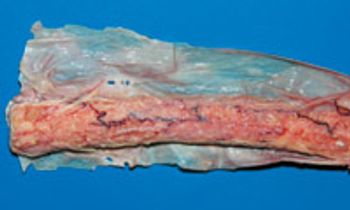
The trials of diagnosing neurologic disorders.

We use the caps from syringe casings as a false litter for cats that we need to collect urine from.

This urine collection method makes it easy for clients to obtain a sample at home.

These tips-two for dogs and one for cats-are easy to implement and will improve patient care.

Caring for young can trigger development of new neurons.
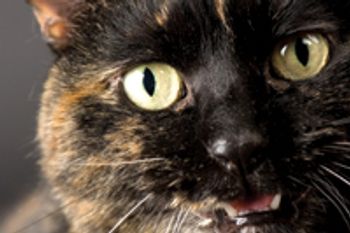
A typical cat with idiopathic cystitis is 1 to 10 years old, lives indoors with people, uses a litter box, and consumes 75% or more of its diet in dry food.

This on-demand AVMA course by Dr. Jodi Westropp will focus on the most common reasons that dogs present for urinary incontinence. (1 CE credit)
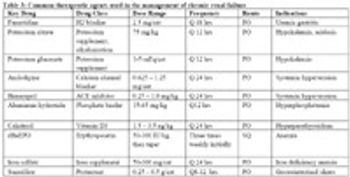
Chronic kidney disease and failure is invariably progressive; however, stable disease and a reasonable quality of life can be obtained for some time in most cats.

Ethylene glycol (EG) is the primary component of antifreeze (95% EG), but is also found in paints, lacquers, pharmaceuticals, polishes and cosmetics.

Proteinuria can be pre-glomerular, glomerular, or post-glomerular in origin. Pathologic proteinuria is a persistent problem from glomerular damage, whereas functional proteinuria is generally transient.

Leptospirosis is a re-emerging disease worldwide.
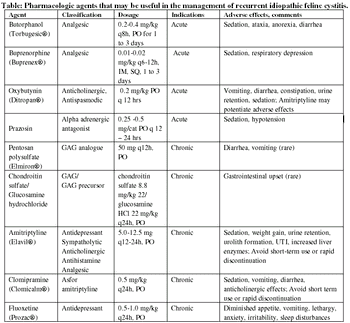
A guide to managing refractory inflammatory feline lower urinary tract disease
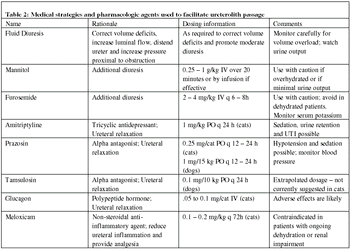
Upper tract uroliths have been relatively rare in cats until the last ten years.
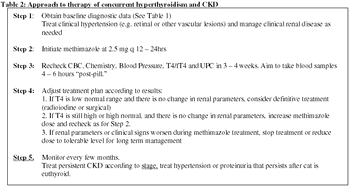
A guide to feline hyperthyroidism dilemmas

Treatment of acute kidney injury involves therapy for azotemia, extra renal manifestations, supportive care, and in some cases, therapy specific for the underlying disease process. Frequent monitoring of the patient is also necessary for a good outcome.

There are four stages of chronic kidney disease (CKD) in The International Renal Interest Society (IRIS) staging system.

Anemia is a common abnormality noted in patients with CKD, affecting 32 to 65 per cent of cats with CKD.
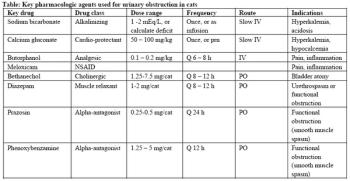
A guide to urethral obstruction in cats

Kidney disease is classically compartmentalized into acute and chronic disease, which is a convenient way to view what are very frequently markedly different manifestations of kidney disease.

A guide to calcium oxalate disease.
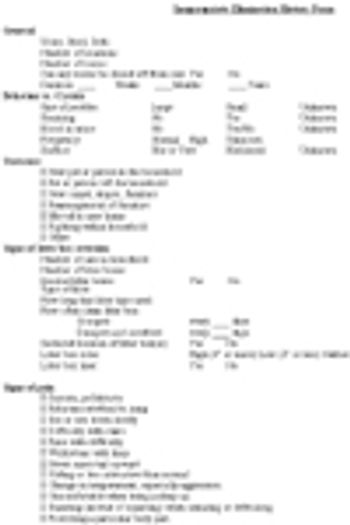
The most common behavior problem of cats is inappropriate elimination (IE).
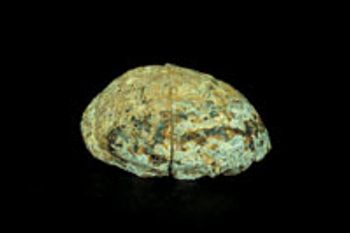
If we look below the surface, often we will find that, like geodes, each person is unique. Look into others as well as looking at them. We are certain to find more than meets the eye.

During the past three decades, a tremendous amount of information has been generated regarding the etiology, detection, treatment, and prevention of canine urolithiasis.